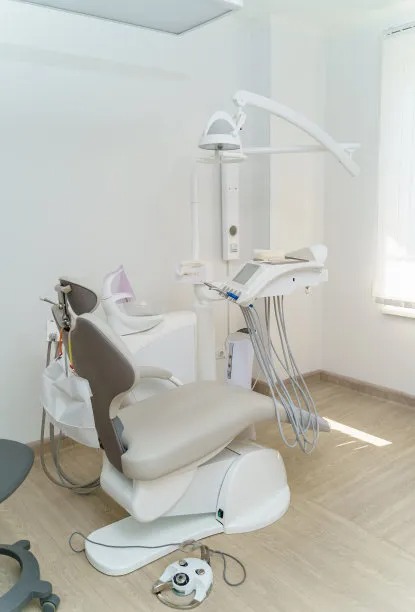A Comprehensive Guide to the Procedure and Aftercare of Extracting a Tooth for Better Oral Health
Summary: Extracting a tooth is a procedure that may be necessary for better oral health, but it often brings apprehension and concern. This comprehensive guide breaks down the extraction process into clear and manageable sections, detailing the steps involved in the procedure, what to expect during recovery, and the essential aftercare needed for optimal healing. By understanding these aspects, patients can prepare better for the extraction and ensure a smoother recovery. Additionally, it emphasizes the importance of professional dental care before, during, and after the procedure, empowering patients with knowledge to contribute to their overall oral health.
1. Understanding the Tooth Extraction Procedure

Tooth extraction is a common dental procedure that may be necessary for various reasons, including severe decay, infection, overcrowding, or orthodontic work. The procedure begins with a thorough examination by the dentist, who may perform X-rays to get a clear view of the tooths position and the surrounding bone. This step is crucial to determine the best approach for extraction.
On the day of the extraction, patients are typically given either local anesthesia to numb the area or sedation to alleviate anxiety. The dentist then loosens the tooth using specialized instruments and removes it carefully. Whether it’s a simple extraction or a more complex surgical procedure, understanding these steps helps demystify the process for the patient.
Post-extraction, the dentist will place gauze over the extraction site to control bleeding, which is a standard part of the process. Patients may be advised on how long to keep the gauze in place and what to expect in terms of discomfort and swelling in the days following the procedure.
2. Anticipating the Recovery Process
Recovery after tooth extraction may vary from person to person, but some common symptoms are generally experienced. Patients can expect mild to moderate discomfort, which can usually be managed with over-the-counter pain medications or prescriptions from the dentist. That said, it’s essential to follow the dentists recommendations to avoid complications.
Swelling is another typical response to extraction that can be managed with ice packs applied to the outside of the cheek. It is recommended to alternate the application of ice to minimize inflammation. Most patients notice that the swelling peaks on the second day and begins to subside thereafter.
Additionally, patients are encouraged to stay hydrated and maintain a balanced diet during recovery. Soft foods are often recommended for the first few days to prevent irritation of the extraction site. Understanding this recovery timeline can help patients better manage their expectations and plan appropriately for their post-extraction care.
3. Essential Aftercare Instructions
Proper aftercare is vital to ensure a smooth recovery from tooth extraction. One of the most critical aspects is to avoid vigorous rinsing or spitting during the first 24 hours, as this can dislodge the blood clot that forms in the socket and lead to complications, such as dry socket.
Additionally, patients should refrain from smoking or consuming alcohol in the days following extraction, as these habits can disrupt the healing process and increase the risk of infection. It is also advisable to avoid physical exertion or strenuous activities until fully recovered.
Maintaining oral hygiene is essential even after extraction, but care must be taken to avoid the extraction site. Gently brushing the teeth and using an antiseptic mouthwash can help prevent infection while ensuring that the surrounding areas stay clean. Following all aftercare instructions can significantly enhance healing outcomes and contribute to overall oral health.
4. Recognizing Signs of Complications
While many patients recover without issues, being aware of potential complications is crucial. Signs of an infection may include excessive swelling, persistent pain, fever, or pus discharge from the extraction site. If any of these symptoms occur, contacting the dentist promptly is essential.
Dry socket, a condition that occurs when the blood clot either dislodges or dissolves before healing has progressed, can be particularly painful and requires prompt treatment. Patients should be vigilant in recognizing sharp, localized pain or a foul taste in the mouth, both of which may signal dry socket.
Regular follow-up appointments with the dentist are important to monitor the healing process and address any concerns. Understanding what symptoms to look for can empower patients to take appropriate action, ensuring that their recovery period is as smooth as possible.
Summary:
Tooth extraction is a common dental procedure that, while sometimes necessary, can be managed effectively with the right knowledge. From understanding the extraction process to following essential aftercare instructions, patients can navigate this experience with confidence. Recognizing potential complications provides an additional layer of security during recovery.
This article is compiled by Vickong Dental and the content is for reference only.



